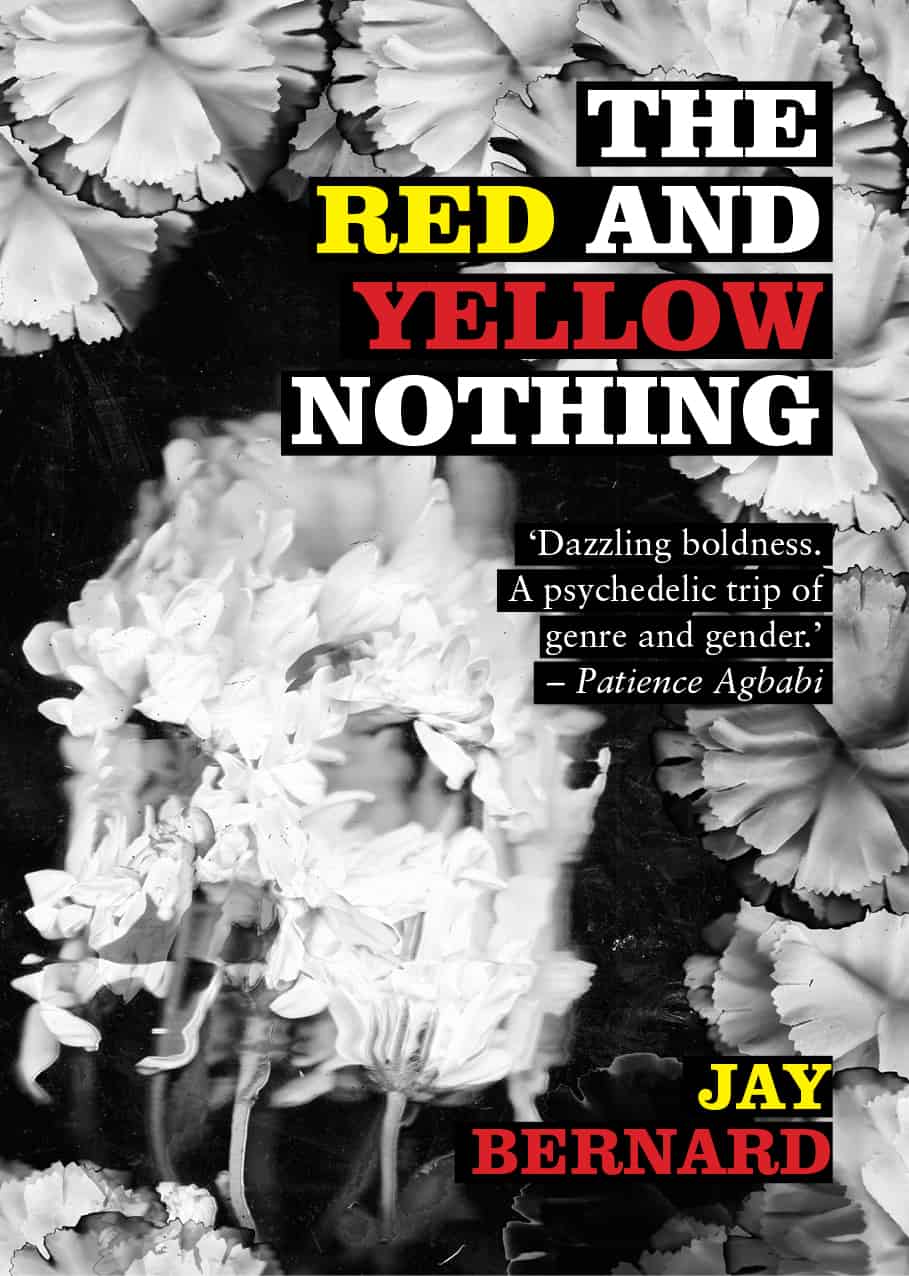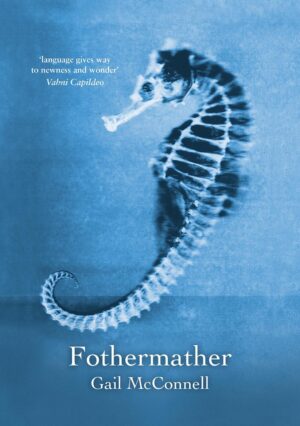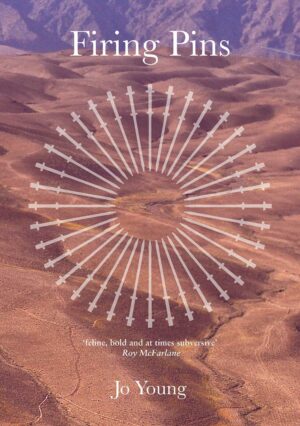Description
IS&T/CAFE WRITERS COMMISSION COMPETITION WINNING PAMPHLETS (2014)
OUT OF PRINT!!!!!
Shortlisted for the 2016 Ted Hughes Award for New Work in Poetry.
From the judges: ‘This collection is an adventurous pilgrimage through style and form reclaiming medieval myth. It is beautifully paced with a musical momentum and demands to be revisited.’
From judge Kathyrn Williams’ introduction on awards night: ‘The pace and menace of The Red and Yellow Nothing has the horse pace of the ride of the Valkyries. It is time traveling through gender race and genre and is explored through an Arthurian legend – It reads like a song in my head.’
Reviews
‘The source text was translated into English by Jessie Weston in 1901. She commented, “the poem is a curious mix of conflicting traditions”. Bernard has more than lived up to the gloss. The pamphlet is a strange, lurid, baroque mash of tradition that calls to mind the “livingness” attempted by Hölderlin in his work with Sophocles’ Antigone. It does not stick with one style for long but is always dangerously alive…
…It is joyfully anachronistic (at one point Morien plays “the first computer game”). The world of the sequence is other, but complete. And the reader swallows each psychedelic trip. It is a magic trick to write back like this, into “the land before the story-o”, and for it to feel so crisp and alive and crackling.’
Edwina Attlee The Poetry Review Volume 107:2 Summer 2017
‘It’s incredible that so much has been fit into about 24 pages, including the handful of full-page illustrations by the poet, without feeling overburdened. The Red and Yellow Nothing has the feel of a heartfelt and intense investigation into something complex and significant, a true poetic quest, and one that has compromised little, if anything at all. It’s confusing, it’s challenging, it’s deeply satisfying, and it would be a real mistake to let such an exciting piece of work pass by uncelebrated.’
Dave Coates Dave Poems April 2017
‘For who can bear to feel himself forgotten?’ (W.H. Auden ‘The Night Mail’). Many poems have fallen underfoot in the forests of memory. Jay Bernard’s pamphlet makes brilliant use of one of these. Morien is a Middle Dutch romance; its hero, a Moorish knight. Bernard inroduces her poem as ‘an inquiry into the idea of blackness in Europe’ before slavery.
This retelling of Morien is wildly appealing. Its opening (which can be sung) owes less to Le Morte d’Arthur than to topsy-turvy Disney, spiced with folk song in the style of the late great Kenneth Williams…’
Alison Brackenbury Under the Radar – Issue Eighteen
It is difficult to put a finger on the immediate aftermath of reading The Red and Yellow Nothing: there is puzzlement, rage, and wonder, but ultimately the sense that Jay Bernard has created a rare and beautiful thing. Part contemporary verse drama, part mythic retelling, the pamphlet – containing one long poem, broken into sections with stage directions – is framed as a ‘prequel to the tale of Sir Morien, son of Agloval’, narrating the backstory of the young Moor’s arrival in Camelot.
Theophilus Kwek The London Magazine
The Red and Yellow Nothing is the story of a quest… or is it, and if so, for what? Jay Bernard has unearthed an Arthurian tale from a Middle Dutch poem of possible French origin, translated into English a century ago. Sir Agloval, a knight travelling in Moorish lands, meets a princess and then leaves her. She gives birth to Morien, who grows up and rides to Camelot in search of his father. He has some adventures, and there’s a happy ending… in the original.
In The Red and Yellow Nothing things go differently. I’ll talk about it in terms of the story, which is one way to give an idea of the variety in this unusual pamphlet. Adventures become experiments in time, space and identity, spinning out of a kaleidoscope of poem-episodes, leaving me dizzy and disoriented.
Fiona Moore Sabotage Reviews
…Morien travels from Moorish lands to England to start his quest to find his father, in a sequence split into 13 parts, each starting with a stage direction. In II, the introduction suggests maybe we can empathise with the frustration one feels when the local people take one look at you, then hurry away from you before you’ve finished your sentence. Here, Morien asks a bard:
I’ll fight you. Why don’t you come out and face me and
fight me and tell me what you know? I’ve been riding since
I don’t know when, now I don’t know where,
why don’t you come and face me. Everyone says
‘I know not good knight where your father dwells.’
…The Red and Yellow Nothing is an exploration of identity, primarily through race, using its medieval setting to get away from modern labelling and to encourage readers to think about their own prejudices. The poems are rich in detail but remain mindful to need to progress a plot and tell the story.
Emma Lee London Grip
Is ‘horrible’ horribly good?
I didn’t like this ‘prequel to the tale of Sir Morien’ but I can’t forget it, which must – I think – be sign of potency. What I remember best is the bit that appalled me most. That’s the way memory works: we have hotspots for disgust, sex, violence.
… I’m reminded that when I first met the word ‘allegory’ I thought it meant a story you couldn’t fully understand. And so it is, for me, with the The Red and Yellow Nothing. I don’t understand it at all but I can’t forget it. I wish I could.
Helena Nelson Sphinx OPOI Reviews
Bernard turns the story of a little-known medieval knight into a fresh, witty and exciting quest for identity, in an imagined medieval world that is equal parts strange and familiar. The poem is interspersed with gorgeous, richly textured images.
Diva (UK) 1 May 2016 (37)
…the two main readers were Jay Bernard and Jon Morley, both with new books. Both books are ambitious, many-sided. vivid and fascinating.
George Szirtes on Facebook after April 2016 launch of Commission pamphlets
Jay Bernard on The Red and Yellow Nothing
…The Red and Yellow Nothing was like that. I didn’t realise what I’d written until I’d written it.
There are many influences. My introduction to the story begins with a quotation from Jessie Weston about the story of Morien in its current form – part of an idiosyncratic C14th compendium called the Lancelotcompilatie: “As it stands, the poem is a curious mixture of conflicting traditions.”
When I first started this project, I tried to be coherent. I tried to make it a neat confection of historical figures interacting with each other. And it didn’t work because the technical requirements of such a story are not neat.
The story itself isn’t neat, how could my interpretation seek to neutralise, formalise, make coherent?
More, including the influences of Kendrick Lamar, The Child Ballads and, we kid you not, Super Mario can be found by clicking the link below.
Blog, March 2017 Poetry School feature where each of the 2016 Ted Hughes shortlist is asked to blog about the writing process.
…I wanted to write something about blackness that wasn’t tragic, but still spoke to the situation we are currently in. The paradoxical nature of now: the way you can be erased, snuffed out, disfigured, distorted, while being privy to the remarkable insight that is only possible from the margins.
I thought that writing about black characters in a world before the construct of race as we currently know it would be a liberating move. I thought it might open up a contemplative space less weighted by the ballast of the media, and American media in particular. We are always expected to view ourselves in a certain way – and I wanted to present and view Morien completely differently.
Interview, October 2016 Poetry Spotlight
I wanted to write this pamphlet because I wanted to go backwards in history and begin exploring a time when blackness was not the thing it is today, when Moors culturally dominated the British, when race/racism had not yet been invented. There are some interesting scenes, such as when Morien rides to the beach and none of the sailors will take him because of his appearance. It’s very easy to read that as racism as we now understand it, but in the story [of the original Middle Dutch source] its pitched as a kind of stupidity…
Interview, April 2016, Speaking Volumes
Hannah Lowe Your recent work The Red and Yellow Nothing moves way back in time, centuries before Windrush, to explore ‘blackness in Europe’. I really enjoyed the book, a prequel to a Middle Dutch folktale. In the introduction you tell us that the character Morien is ‘not raced, but he is dark skinned’. Could you say more about that? Might Windrush obscure these earlier histories?
JB With the Red and Yellow Nothing I wanted to write about a time before this kind of racism, which we have become accustomed to. Which is not to say there wasn’t horrendous prejudice — of course there was. You only need to read Staying Power to learn about the laws against black people taking up apprenticeships, the racist hiring practices in the shipping industry, the violence that targeted people in their houses. But The Red and Yellow Nothing goes back beyond that, and I suppose into a time we’ll never quite comprehend. The story the book is based on, The Tale of Sir Morien, shows a ‘white’ father embracing his ‘black’ Moorish son. The dynamics are so completely different to anything else I’d read that I felt it was important to present this too: not that somehow people were lovely to each other back then and are terrible now, but that this stuff changes, that dynamics between different cultures and people were different. There is something powerful about being able to see glimpses of another reality, especially in Europe, because the racism of today and the racism that infuses the history of the Windrush feels so all-encompassing.
Excerpt from interview in Wasafiri 33 2018 vol 2. Inside the Frame: Women Writers and the Windrush Legacy



